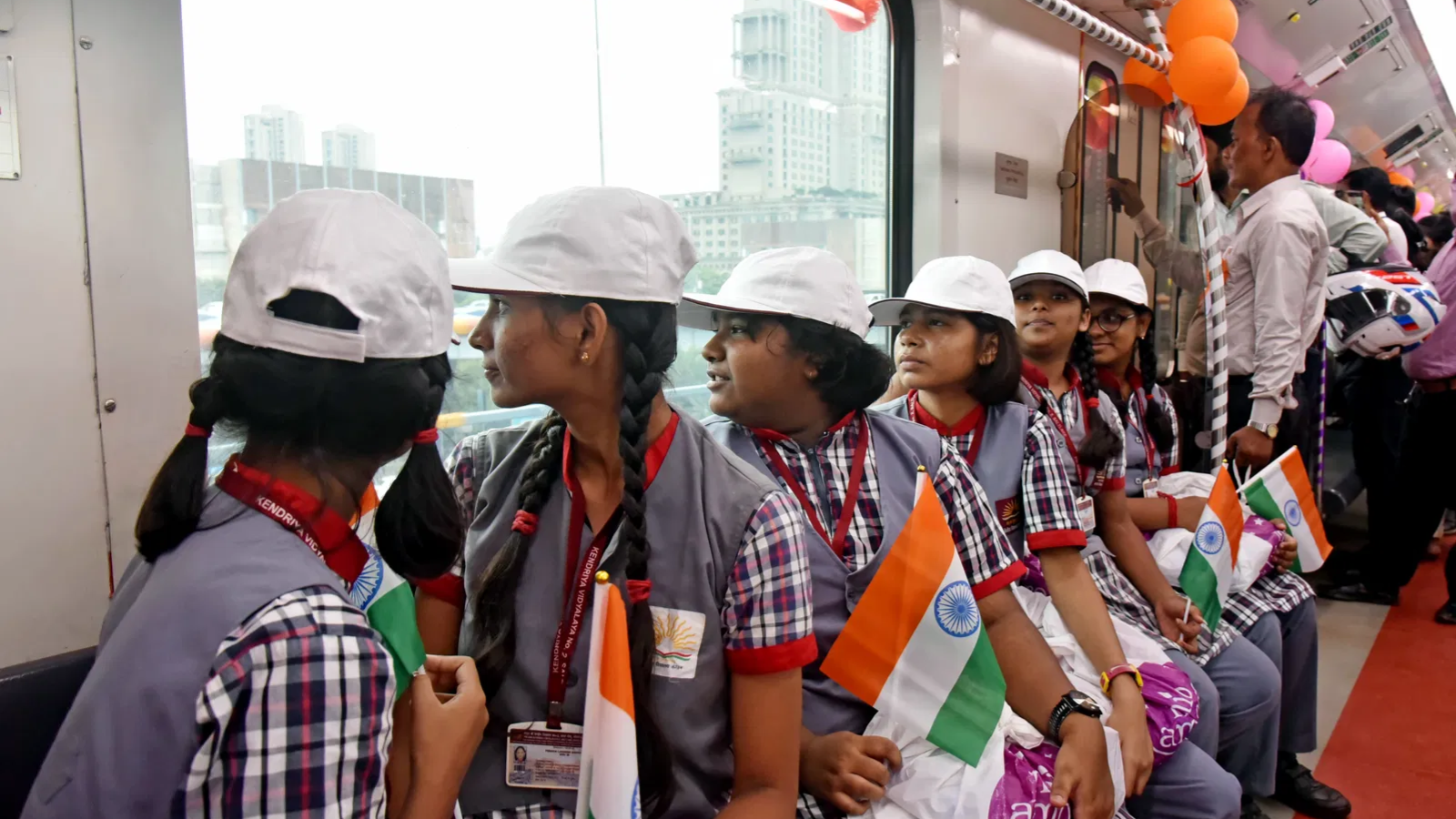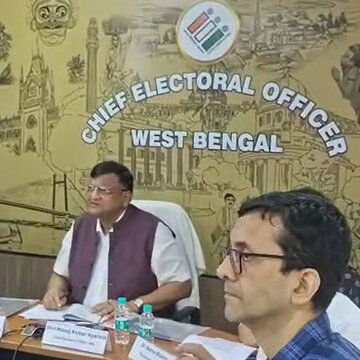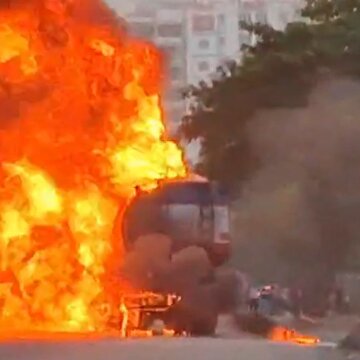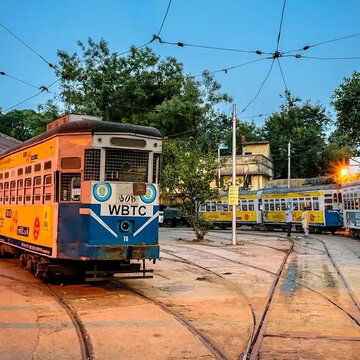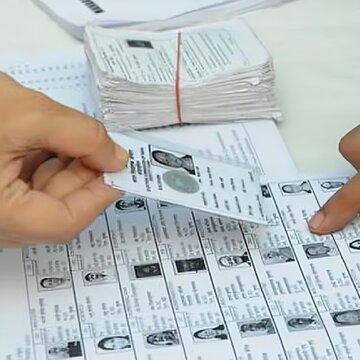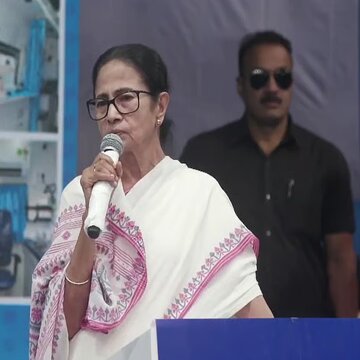August 28, Thursday: Officials from Eastern Metro Railway now plan to reduce the frequency of the Green Lines (East-West Metro) operating time from eight minutes to five minutes during the peak office hours. More rakes will be required for this. As a result KMRC, the Green Lines implementing agency has been requested to acquire eight more additional rakes.
According to a Times of India report, Metro Railway general manager P Uday Kumar Reddy said on Wednesday,27th August,"We wish to do 5-minute peak-hour frequencies on the Green Line, which recorded around a 40% surge in passenger count ever since the two disjointed sections were linked and the full 16.6km run started. The corridor is now swamped with people. To run more services, more rakes need to be added to the Green Line's stable. Directions have been given to KMRC to procure eight more rakes,"
East-West Metro plans 5-minute peak-hour frequency to ease overcrowding
On Wednesday there were several disruptive reports from the passengers that the train is overcrowded and they need 5 minute frequency, "Unless the peak-hour frequency is reduced, it will be a huge challenge to adhere to the timetable. Already, trains are getting delayed because doors cannot be shut during peak hours. What will happen when the pre-Puja shoppers start boarding and then, the pandal-hoppers?" an official questioned.
KMRC now has 17 rakes in its stable, but no more than 10 rakes can be fed to the system. Three rakes are yet to be commissioned. Achieving the 5-minute peak-hour frequencies (instead of the current 8-minute) can only be achieved when there are at least 25 rakes, the Metro GM said.
PM Modi flagged off the last 2.6km Esplanade-Sealdah section on Friday,22nd August. Until then, East-West Metro or the Green Line operated in two disjointed sections. One was the 9.2km Sector V-Sealdah and the other was 4.8km Esplanade-Howrah Maidan. Since 6 pm on Friday, the entire 16.6km has been operational, people have been boarding continuosly.
Reddy stated that six rakes were used to run on the two sections of the Green Line when it was divided into two sections. Four more rakes were added bringing the total number of rakes to ten once the entire corridor was operational. Three rakes have not yet been put into service before being tested. A new rake must pass rigorous testing. Four rakes are now free to be used. Among these, one is reserved to replace every time an operational rake is sent for overhauling. Two are usually on standby. The fourth is kept ready near the tracks to replace a rake that might develop snags.
East-West Metro, which runs on the advanced communication-based train control (CBTC) signaling, will eventually be capable of running trains at 150-second intervals soon.


